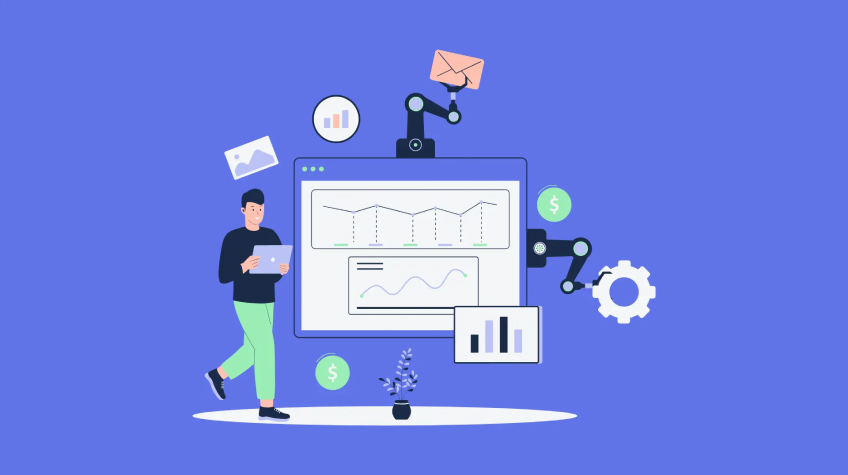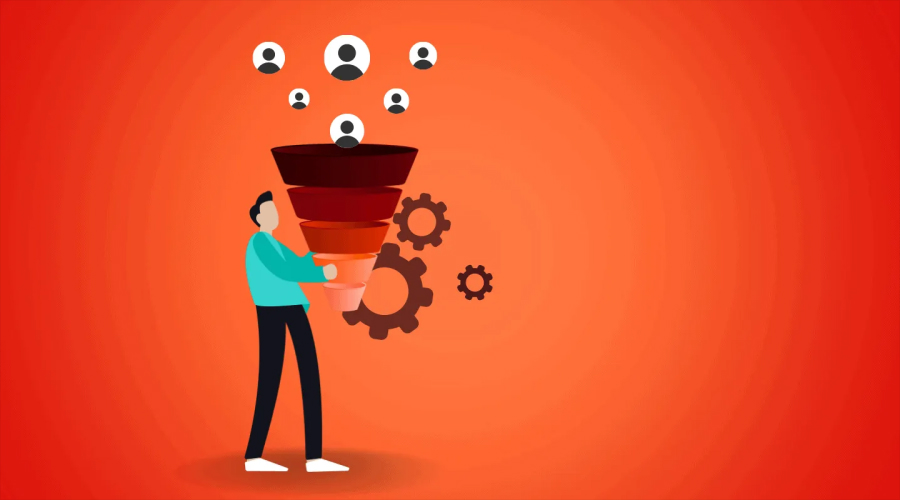
Every sales team is on the lookout for ways to make their workflows more efficient and close deals faster. One powerful method that’s helping businesses do just that is pipeline automation. By using automation tools, companies can take the pressure off manual tasks, reduce mistakes, and keep leads moving smoothly through the sales process.
In this article, we’ll look at what pipeline automation is all about, why it matters, and how you can integrate it into your sales strategy. Whether your goal is to increase efficiency, improve how you nurture leads, or align your sales and marketing teams, pipeline automation can make a huge difference for your business.
What is Pipeline Automation?

At its core, pipeline automation is about simplifying and streamlining the stages of your sales process using technology. It goes beyond just saving time—it’s about helping your team stay focused on what really matters, which is closing deals and building strong relationships with customers.
Pipeline automation involves automating repetitive tasks like scoring leads, following up with prospects, entering data, and generating reports. When these tasks are automated, sales reps can dedicate more time to high-impact activities rather than spending it on admin work.
The best part? With the right tools, you can create workflows that automatically guide leads from first contact to conversion, ensuring no potential opportunity is missed.
Why Pipeline Automation is Crucial for Modern Sales
In today’s fast-paced sales world, relying on manual processes can hold you back and cause missed chances. Here’s why pipeline automation should be a priority:
- Efficiency Gains: By automating repetitive tasks, sales reps can focus on relationship-building and closing deals. Automation eliminates the burden of administrative work.
- Better Lead Management: Automated workflows ensure that leads are nurtured at the right time and in the right way, freeing up your sales team to focus on more strategic efforts. No more tracking leads manually or chasing them down.
- Accuracy of Data: Manual data entry often leads to errors—errors that can cost time, money, and missed opportunities. With automation, you can trust that the data you have is accurate and up-to-date, allowing your team to make better decisions.
- Faster Follow-ups: Quick, automated responses to leads can dramatically increase conversion rates. When follow-ups happen in real-time, you’re more likely to engage prospects and keep them moving through the funnel.
- Stronger Sales & Marketing Collaboration: Automation bridges the gap between sales and marketing. When both teams are using the same systems, it creates a smooth, integrated experience for customers, improving lead nurturing and, ultimately, boosting revenue.
In short, pipeline automation is no longer just a nice-to-have; it’s a competitive advantage.
Also Read: How to Create Data Pipeline and Integrating Solutions from Different Sources
Implementing Pipeline Automation in your Sales Strategy

The key to successful pipeline automation is choosing the right tools and making sure they fit seamlessly into your existing processes. Here are some strategies to make it work for your business:
The Right Tools for Pipeline Automation
To get the most out of pipeline automation, it’s crucial to choose tools that meet your specific needs. Some of the best tools to consider are:
- CRM Software: This is your backbone. A solid CRM Software keeps all your customer data in one place, helping you track interactions, automate follow-ups, and gain valuable insights into customer behavior.
- Email Automation Platforms: Tools like Mailchimp and HubSpot let you create email sequences that automatically engage leads at different stages of the sales process. It’s about reaching the right person at the right time.
- AI-Powered Chatbots: These tools interact with leads instantly, answering common questions and qualifying prospects before they’re handed off to a sales rep. By automating these first steps, you ensure customers get the attention they need right away.
- Sales Workflow Automation Tools: Platforms like that make it easy to integrate your CRM with email marketing and other business apps, automating tasks between systems without any coding knowledge.
- AI-Based Lead Scoring: This technology evaluates prospects based on their behavior and engagement, so sales teams know which leads are most likely to convert.
With the right tools in place, you can create a streamlined sales pipeline that works like clockwork.
Best Practices for Optimizing your Sales Pipeline
After you’ve set up pipeline automation, the next step is to keep improving. Here are some tips for fine-tuning your automation to get the most out of it:
- Map your Sales Pipeline: Take the time to break down every stage of your sales process. Identify where automation can make the biggest impact, and set up workflows to handle repetitive tasks.
- Segment your Leads: The more you understand your leads—whether based on behavior, demographics, or previous interactions—the better you can tailor your communication and nurture them more effectively.
- Personalization Still Counts: Automation doesn’t mean impersonal. Customize your automated messages to make sure they resonate with each lead. You don’t want prospects to feel like they’re just another number.
- Analyze and Adjust: Automation tools give you plenty of data. Use it to spot bottlenecks or areas that need improvement. Be open to tweaking your workflows to keep them as efficient as possible.
- Train your Sales Team: Ensure that your team knows how to make the most of your automation tools. When everyone is on the same page, you can maximize the potential of both automation and personal interaction.
By following these practices, you can make sure your pipeline automation is always working at its best, driving better results every time.
Wrapping it up
In today’s competitive market, pipeline automation isn’t just a trend—it’s essential. By automating your sales pipeline, choosing the right tools, and staying committed to best practices, you can see huge improvements in efficiency, lead management, and conversion rates.
As technology evolves, sales teams who embrace automation will always have the edge. It allows them to focus on what truly matters—building meaningful relationships with customers and closing more deals. If you haven’t yet added pipeline automation to your sales strategy, now’s the time to get started and unlock its full potential for your business.






